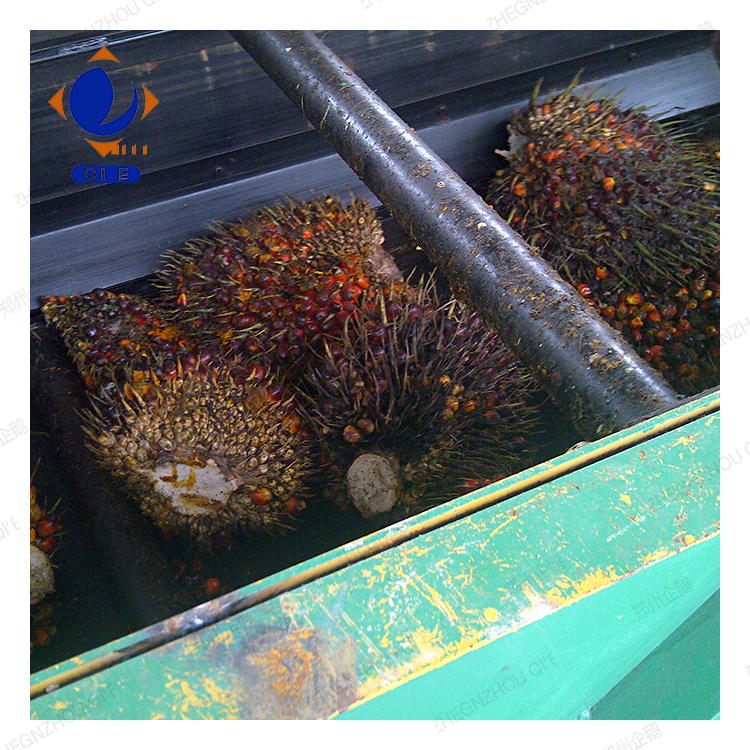
In the dynamic landscape of the global edible oil market, ensuring the stable and efficient operation of sunflower oil production lines is crucial for meeting export orders and maintaining a competitive edge. This article delves into the technical aspects of the six key equipment in sunflower oil production lines and offers practical solutions for equipment maintenance and troubleshooting, aiming to assist small and medium - sized oil mills in enhancing production efficiency and market competitiveness.
The sunflower oil production process consists of six core steps: seed cleaning, shelling, oil extraction, filtration, refining, and filling. Each step is supported by specific equipment, and their coordinated operation is the key to high - quality oil production.
| Process Step | Equipment | Function |
|---|---|---|
| Seed Cleaning | Seed Cleaner | Removes impurities such as soil, stones, and broken seeds from sunflower seeds, ensuring the purity of raw materials. |
| Shelling | Sheller | Separates the shells from sunflower seeds, improving the oil extraction efficiency. |
| Oil Extraction | Oil Press | Extracts oil from sunflower kernels through mechanical or chemical means. |
| Filtration | Oil Filter | Removes solid impurities from the crude oil, improving the clarity of the oil. |
| Refining | Oil Refinery | Removes free fatty acids, pigments, and odors from the filtered oil, meeting the quality standards of edible oil. |
| Filling | Filling Machine | Fills the refined oil into containers accurately and efficiently. |

In actual production, equipment failures are inevitable. For example, a clogged oil press can reduce the oil extraction rate by up to 10 - 15%. By analyzing real - world cases, we can identify common failure types and effective troubleshooting methods.
For the oil press, if the pressure is insufficient, it may be due to a worn - out pressure plate or a malfunctioning hydraulic system. Regularly checking and replacing worn parts can prevent such problems. In the case of the filling machine, inaccurate filling volume may be caused by a blocked nozzle or a faulty sensor. Cleaning the nozzle and calibrating the sensor can solve this issue.
There are two main oil extraction processes: cold - pressing and hot - pressing. Cold - pressed sunflower oil retains more nutrients and natural flavors but has a lower oil extraction rate, usually around 30 - 35%. Hot - pressed oil, on the other hand, has a higher extraction rate of about 40 - 45% but may lose some heat - sensitive nutrients.
When choosing a process, manufacturers need to balance oil quality, cost, and market demand. Controlling impurities during the production process is also crucial for meeting product quality standards. For example, reducing the impurity content in the oil to less than 0.1% can significantly improve the product's market competitiveness.

Regular equipment maintenance is the key to preventing failures and ensuring stable production. For example, lubricating the moving parts of the equipment every 8 - 10 hours of operation can reduce wear and tear. Cleaning the filters of the oil press and filter regularly can prevent blockages and improve the oil extraction and filtration efficiency.
By implementing a comprehensive maintenance plan, manufacturers can reduce equipment downtime, improve production efficiency, and ensure the stable delivery of export orders.
To enhance the practicality and interactivity of this article, we provide flowcharts and operation video links. These resources can help readers better understand the production process and equipment operation.
We also encourage readers to participate in our interactive Q&A section below. Share your questions and experiences in sunflower oil production, and our experts will provide timely answers.

For more in - depth technical information and practical operation guides, please visit our official website to download technical whitepapers and watch video tutorials in our video library. Additionally, don't miss our upcoming industry live - stream Q&A sessions, where you can interact directly with our experts. Click here to learn more and take your sunflower oil production to the next level!

